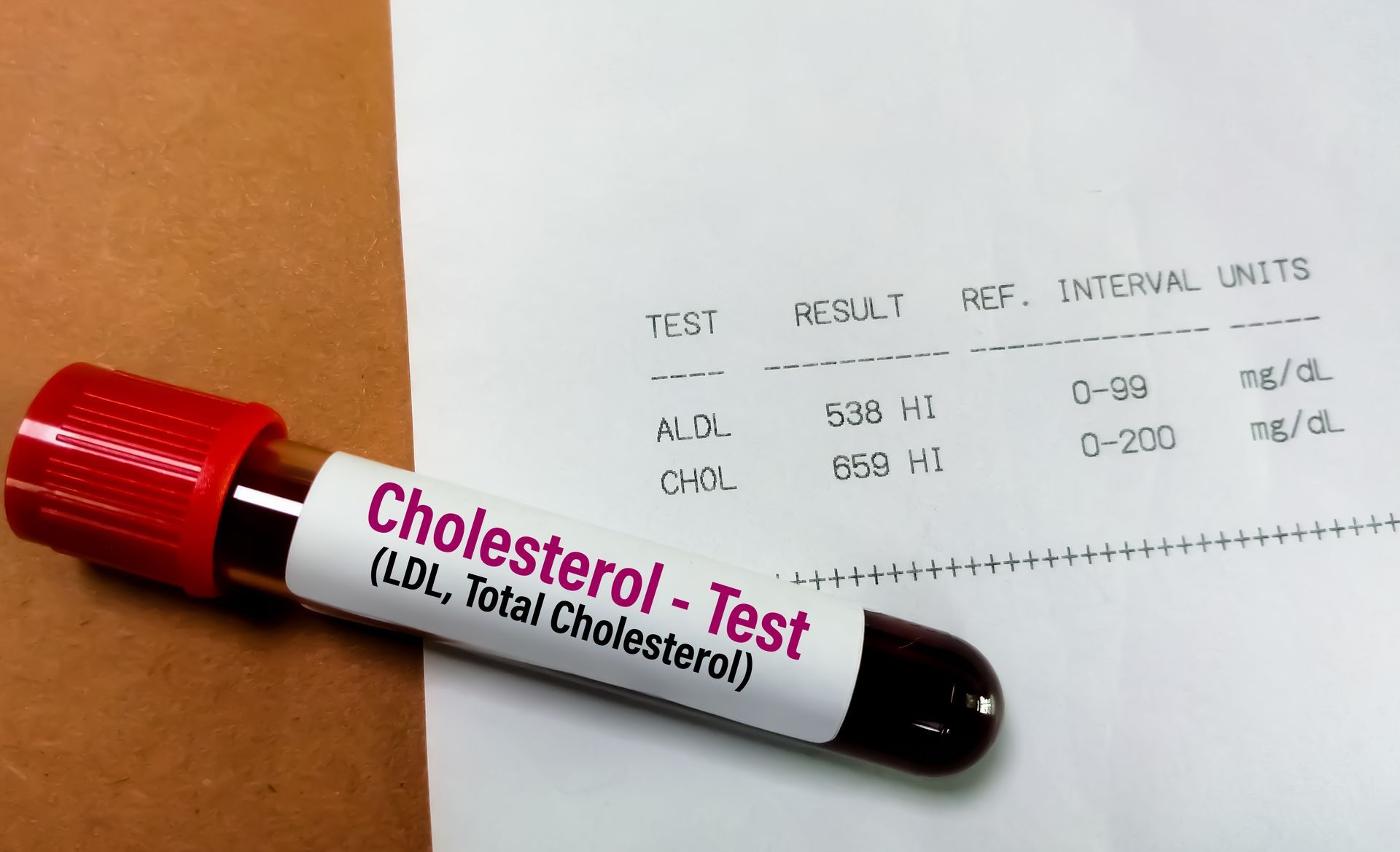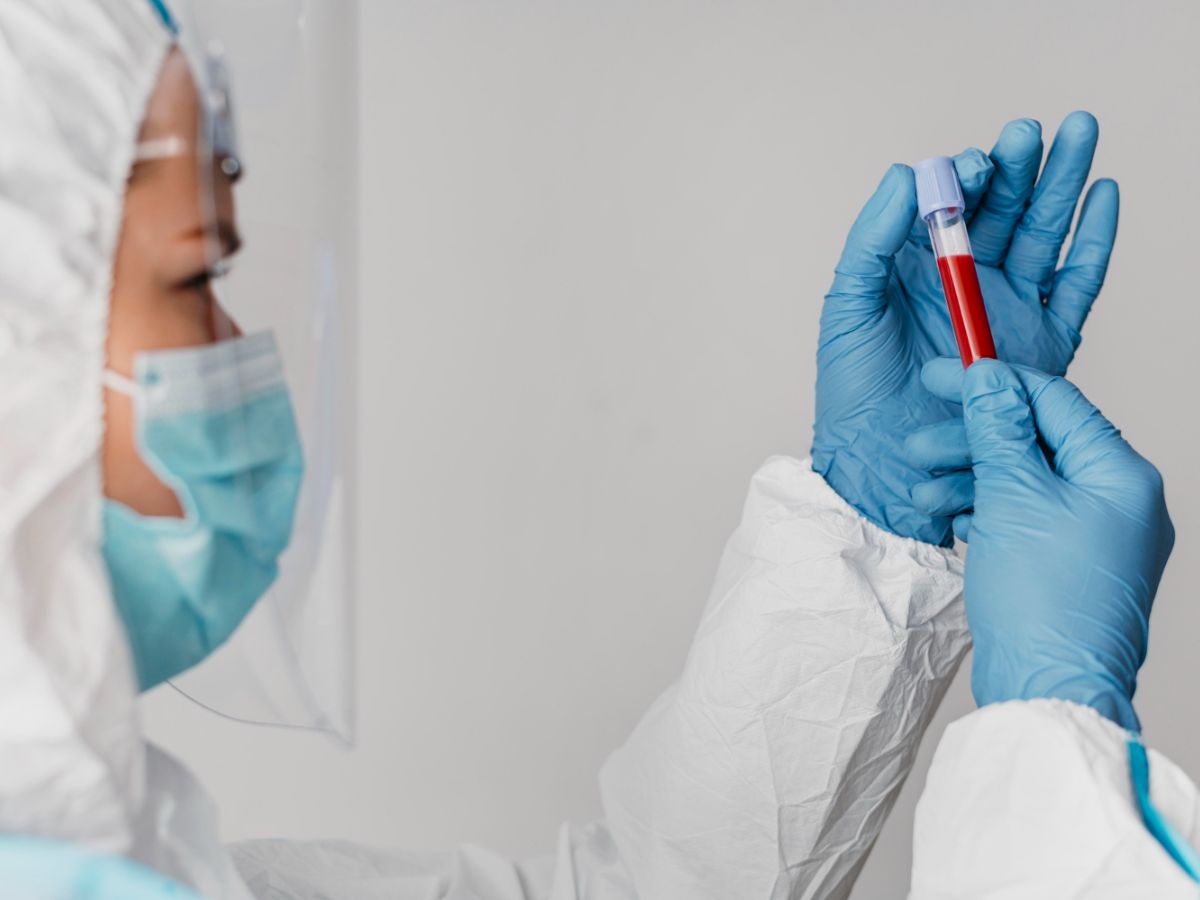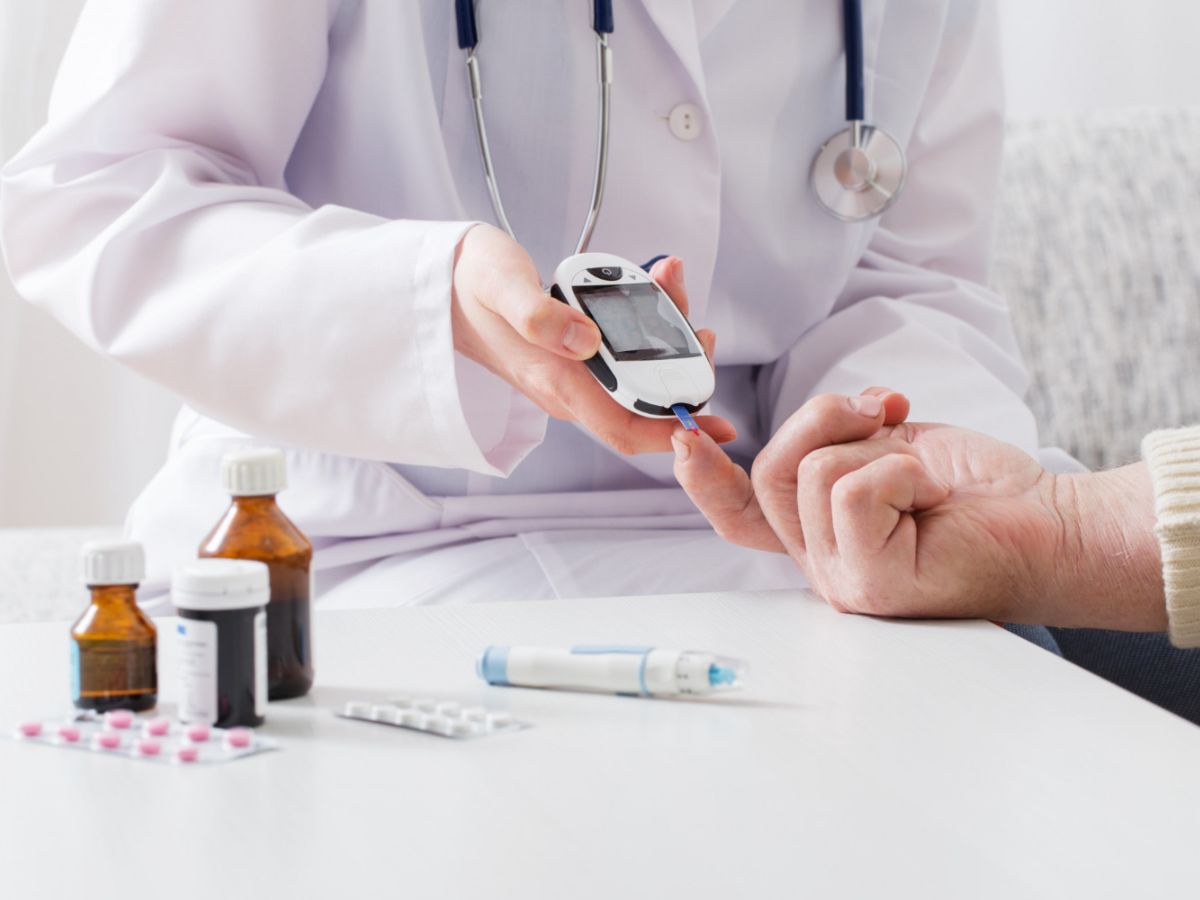Our Location
Elige tu idioma:
Lipid Panels Explained: Essential Tests for Heart Health

Heart disease can develop quietly, often without noticeable symptoms. Many people don’t realize that cholesterol issues are silently compromising their health until it’s severe or even too late to reverse. Cholesterol buildup in the arteries is a hidden threat that can sneak up on anyone but is particularly dangerous for those over 50.
Without regular medical tests like a lipid panel, you could be missing vital information that helps prevent long-term heart complications. Instead of waiting for problems to arise, consider taking proactive steps with a simple blood test—one small sample could provide the information needed to safeguard your heart. After all, cardiovascular health is quite literally at the heart of every person’s well-being.
Your Heart Health Shouldn’t Wait!
What Is a Lipid Panel?
A lipid panel, or cholesterol test, is a blood test that checks the levels of different fats in your bloodstream. It's a way for healthcare providers to gauge your heart health and check for risk of cardiovascular problems.
The lipid panel measures four main components:
1. Total Cholesterol
This component measures the combined level of HDL, LDL, and a portion of triglycerides in the blood.
2. Triglycerides
Triglycerides help fuel your body, but high levels can spell trouble. When elevated, they can lead to thicker, hardened arteries, which increases the risks of heart disease, stroke, and pancreatitis.
3. LDL Cholesterol
Low-density lipoprotein (LDL), often called “bad” cholesterol, can build up in your arteries over time, limiting blood flow and elevating the risk of heart-related problems.
4. HDL Cholesterol
High-density lipoprotein (HDL) or “good” cholesterol removes excess cholesterol from the bloodstream, transporting it to the liver for processing. Low HDL levels can mean a higher risk for heart disease since there’s less "good" cholesterol to help clear the LDL clogging up arteries.
What Does Your Cholesterol Test Results Mean?
Here’s what’s considered a normal range for a lipid panel:
- Total Cholesterol: Below 200 mg/dL
- LDL Cholesterol: Must be less than 100 mg/dL (but up to 130 mg/dL can be acceptable in low-risk individuals)
- HDL Cholesterol: 60 mg/dL or higher is optimal and protective
- Triglycerides: Must be lower than 150 mg/dL
A combination of low HDL, high LDL, and elevated triglycerides means a higher risk for heart issues or stroke.
Read: Lab Tests for Seniors: Understanding Basic Metabolic Panels (BMPs)
Why Are Lipid Panels Important?

Globally, heart disease remains the top killer, claiming close to 18 million lives every year. The prevalence of cardiovascular disease rises significantly with age, affecting approximately 40% of adults between 40 and 59, 75% of those aged 60 to 79, and 86% of seniors over 80.
You don’t have to be a part of that number. A lipid panel can provide a baseline for understanding and tracking your heart health, helping you prevent heart disease and live longer.
High levels of LDL cholesterol and triglycerides can cause plaque to build up in your arteries, limiting blood flow and increasing the chance of a heart attack, stroke, or other heart-related issues. As you age, natural changes in the heart and blood vessels can elevate the risk of heart-related issues. When high cholesterol levels add to this strain, the heart’s workload increases, significantly raising the likelihood of cardiovascular complications.
This is why monitoring these levels helps healthcare providers assess your risk early on, enabling you to make proactive decisions that support long-term heart health.
If you’re taking medication, following a new diet, or making lifestyle changes, regular cholesterol tests also show how effective these interventions are. Your provider can adjust your treatment plan based on these results, ensuring your cholesterol levels stay healthy as you age.
How Do You Test for Lipids?
If you plan to check your cholesterol levels, here’s a quick overview of the process:
Before the Test:
In the days leading up to the cholesterol test, you must avoid excessive alcohol consumption and heavy, fatty meals, as these can temporarily raise triglyceride levels. Doctors usually recommended to stick to your regular routines for a few days before testing.
For most lipid panels, fasting is required to ensure accurate measurements. You will fast for 9 to 12 hours before the test, avoiding food and beverages except water. In some cases, your doctor will temporarily ask you to pause certain medications, like those for lowering cholesterol or blood pressure, to see your natural lipid profile. It’s best to consult with your healthcare provider ahead of time.
During the Test
The test itself is straightforward and typically takes only a few minutes. A trained technician will take a small blood sample, typically from a vein in your arm. You may feel a quick pinch or slight pressure during the draw. Afterward, you’re free to go about your day unless told otherwise.
After the Test
Once your test is done, your healthcare provider will get back to you within a few days to review the results and discuss any possible next steps. For instance, if your LDL is on the higher side, they might suggest changes in diet, exercise, or even medication to help get things on track. They’ll also let you know how often you should have this test in the future.
Frequently-Asked Questions
1. When should you begin getting lipid panels?
The Centers for Disease Control and Prevention advises that children undergo cholesterol testing between ages 9 and 11 and again between ages 17 and 21. Testing every 4–6 years is usually sufficient for generally healthy adults with no risk factors. For seniors aged 65 and older, doctors recommend annual cholesterol testing, especially if there are risk factors.
However, individuals who meet the criteria below must start testing earlier or more frequently.
- Those with a family history of heart disease, high cholesterol, heart attack or stroke
- Those with high blood pressure, diabetes, or obesity
- Those with lifestyle risk factors such as excessive alcohol consumption, smoking, a sedentary lifestyle, and an unhealthy diet
2. What is the difference between a lipid panel with reflex and one without reflex?
A lipid panel reflex means that if any results are out of the normal range, the lab automatically runs extra tests for more detailed information about specific lipids, like the size of LDL particles. This assessment can give doctors a clearer picture of cardiovascular risks.
A lipid panel without reflex sticks to the basics. It measures total cholesterol, HDL, LDL, and triglycerides without additional testing, regardless of the initial results.
3. Is high cholesterol hereditary?
Yes, high cholesterol can be hereditary. Familial hypercholesterolemia (FH) is a genetic condition that causes cholesterol levels to skyrocket from a young age. The body cannot remove LDL cholesterol efficiently, which builds up in the blood and elevates the risk of heart disease.
Those with FH are at a higher risk of heart disease at an early age and often require early intervention and regular monitoring. If you have a family history of high cholesterol, talk to your provider about more frequent lipid testing.
4. Can children or teenagers have high cholesterol?
High cholesterol can affect kids and teens, especially if it’s in the family history. Those with risk factors may start getting tested at a young age, as early as two years old.
5. How does diet impact cholesterol levels?
Saturated fats, trans fats, and refined carbohydrates raise LDL and triglycerides, while fiber-rich foods, whole grains, lean proteins, and omega-3s help lower LDL and raise HDL. A balanced, heart-healthy diet supports optimal lipid levels and improves heart health.
6. Can stress affect my cholesterol levels?
Yes, chronic stress indirectly raises cholesterol levels. When stress kicks in, a lot of us reach for less healthy comforts like junk food, cigarettes, or alcohol, which can negatively impact cholesterol levels. Stress hormones may also affect cholesterol levels, leading to lower HDL and higher LDL.
Get Your Cholesterol Levels Checked Today!
As we age, the risks to our heart health increase and a simple lipid panel could be a lifesaver! Taking charge of your heart health starts with scheduling a cholesterol test.
For seniors, staying on top of cholesterol levels is more than just numbers—it’s a path to preserving independence and vitality. Each result from your lipid panel adds a piece to the puzzle of your health, giving you the peace of mind to make the most of your golden years.
Keep your heart in check with Ocana Medical Center. Make lipid testing part of your routine!
“Respect. Compassion. Quality. Integrity. These are the values on which Ocana Medical Center was built. Our aim isn’t just to treat you today. We hope to earn your trust and be your healthcare provider for life.”
©2023 Ocana Medical Group, Inc.
USEFUL LINKS
GET IN TOUCH
Call Us Today
Send us Email
Our Location
Ocana Medical Center | All Rights Reserved.











